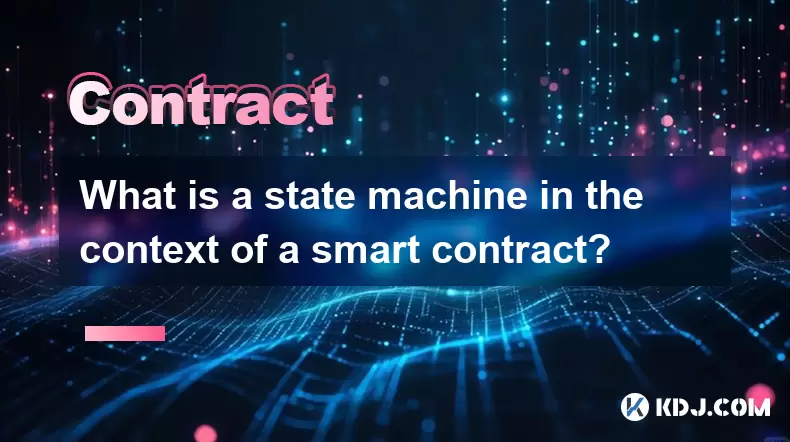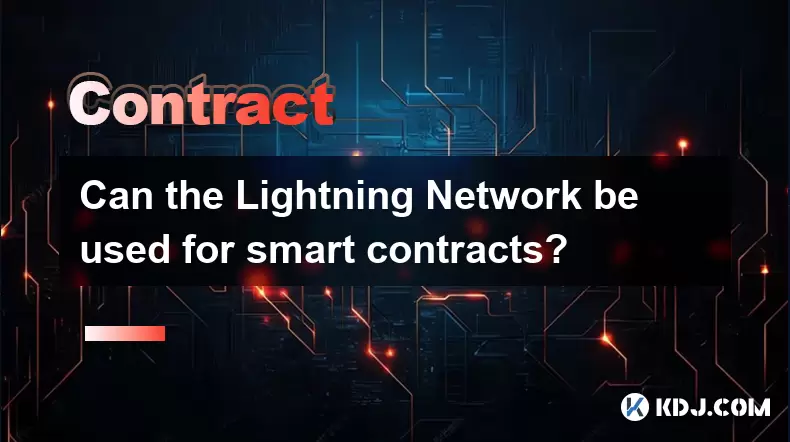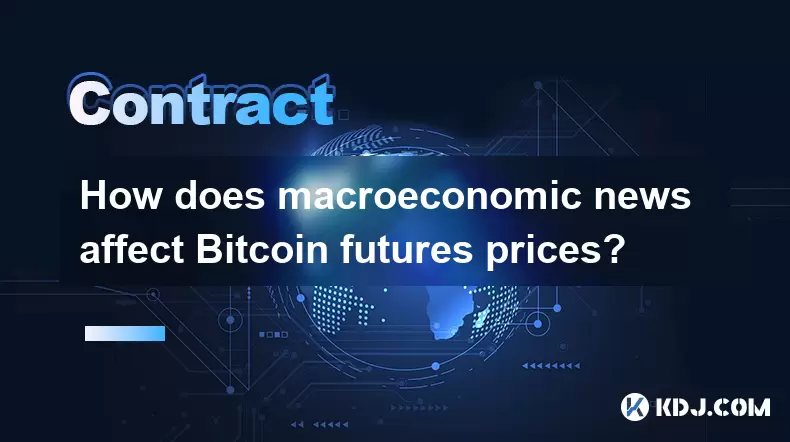-
 Bitcoin
Bitcoin $117,462.8204
-2.03% -
 Ethereum
Ethereum $3,061.1595
1.10% -
 XRP
XRP $2.9139
-2.19% -
 Tether USDt
Tether USDt $1.0002
0.02% -
 BNB
BNB $685.1357
-1.24% -
 Solana
Solana $161.3803
-2.11% -
 USDC
USDC $1.0002
0.04% -
 Dogecoin
Dogecoin $0.1948
-2.92% -
 TRON
TRON $0.2987
-0.89% -
 Cardano
Cardano $0.7330
-1.27% -
 Hyperliquid
Hyperliquid $47.7888
0.13% -
 Stellar
Stellar $0.4514
-2.93% -
 Sui
Sui $4.0169
2.74% -
 Chainlink
Chainlink $15.7088
-2.57% -
 Hedera
Hedera $0.2356
-3.33% -
 Bitcoin Cash
Bitcoin Cash $488.6656
-3.61% -
 Avalanche
Avalanche $21.2955
-1.47% -
 UNUS SED LEO
UNUS SED LEO $9.0415
0.42% -
 Shiba Inu
Shiba Inu $0.0...01332
-0.82% -
 Toncoin
Toncoin $3.0124
-0.62% -
 Litecoin
Litecoin $94.2175
-2.07% -
 Polkadot
Polkadot $4.0011
-0.61% -
 Monero
Monero $333.5714
-3.46% -
 Uniswap
Uniswap $9.1114
-1.56% -
 Dai
Dai $1.0000
0.02% -
 Ethena USDe
Ethena USDe $1.0005
0.00% -
 Bitget Token
Bitget Token $4.4951
1.87% -
 Pepe
Pepe $0.0...01242
0.47% -
 Aave
Aave $321.9943
0.51% -
 Bittensor
Bittensor $434.1984
5.13%
What is a state machine in the context of a smart contract?
Smart contracts use state machines to manage transitions between predefined states, ensuring secure and predictable execution of decentralized applications.
Jul 16, 2025 at 03:36 am

Understanding the Concept of a State Machine
A state machine is a computational model used to design systems that can exist in a finite number of states. In this model, transitions between states occur based on specific inputs or events. The core idea behind a state machine is that it maintains a current state and changes to another state when certain conditions are met. This concept is widely used in computer science and software engineering to manage logic flows.
In the realm of blockchain and smart contracts, a state machine becomes crucial because it allows for structured execution of contract logic. Each interaction with a smart contract can trigger a change in its internal state, such as updating balances, transferring ownership, or modifying access permissions. These transitions are deterministic, meaning that given the same input, the output will always be consistent across all nodes in the network.
Smart contracts leverage state machines to ensure predictable and secure behavior, making them reliable tools for executing decentralized applications (dApps) on blockchain platforms like Ethereum.
The Role of State Machines in Smart Contracts
Within a smart contract environment, a state machine governs how data and functions interact over time. Every function call made to a contract may alter its stored variables — these variables represent the "state" of the contract. For instance, if you're interacting with a token contract, actions like transferring tokens modify the balance of both sender and receiver.
State machines help enforce rules about which operations are allowed at any given point in time. Consider a crowdfunding contract: it might have states like "funding active," "goal reached," or "refund due." Based on the current state, only certain functions (like contributing funds or claiming proceeds) should be available.
- Contracts must define valid state transitions explicitly to prevent unauthorized or unintended changes.
- Invalid transitions typically result in exceptions or revert calls to maintain system integrity.
- State transitions often require validation through consensus mechanisms before they’re accepted into the blockchain ledger.
This structure ensures that smart contracts operate within predefined boundaries while still allowing flexibility for user interactions.
How EVM Implements State Machines
The Ethereum Virtual Machine (EVM) serves as a globally distributed state machine where each full node processes transactions identically. It maintains what's known as the world state — a mapping of account addresses to their respective states including balances, storage values, and code.
When a transaction executes against a smart contract, it reads from and writes to this global state. After processing, the EVM computes a new root hash representing the updated state, which gets included in the latest block added to the chain.
- Each opcode executed by the EVM affects the state according to strict rules defined in the Yellow Paper.
- Gas fees are calculated based on the computational effort required for changing the state during execution.
- Storage modifications cost more gas than memory manipulations since persistent changes need verification across all nodes.
By adhering to these principles, the EVM guarantees consistency and security throughout the decentralized network, reinforcing trustless computation among participants.
Designing Stateful Logic Using Solidity
Developers building smart contracts using languages like Solidity must carefully implement state management within their codebase. Variables declared inside a contract persist beyond individual function invocations, forming part of the contract’s enduring state.
Enums provide an effective way to represent different possible states programmatically:
enum ContractState { Created, Active, Paused, Ended }Functions then check the current enum value before performing sensitive actions:
function start() public {require(state == ContractState.Created);
state = ContractState.Active;
}
- Proper error handling prevents invalid state transitions even under unexpected scenarios.
- Events emit logs whenever significant state changes occur, enabling off-chain monitoring tools to track progress accurately.
- Developers must consider edge cases where external factors could influence state progression unexpectedly.
These practices contribute toward robust smart contract architectures resistant to misuse or exploitation.
Practical Examples of State Machines in dApps
Decentralized finance (DeFi) protocols frequently employ sophisticated state machines to manage complex financial instruments securely. Take automated market makers (AMMs), for example: liquidity pools transition between states depending upon whether swaps, deposits, or withdrawals happen simultaneously.
Another scenario involves NFT minting platforms. Here, states might include "pre-sale open," "public sale live," or "sale concluded," controlling who can purchase assets and at what price tiers apply accordingly.
- Multi-signature wallets utilize hierarchical state models requiring multiple approvals before executing high-value transfers.
- DAO governance frameworks rely heavily on voting phases represented via distinct stages like proposal submission, discussion period, and final tallying.
- Prediction markets dynamically adjust outcome probabilities based on incoming bets until resolution triggers settlement payouts.
Such implementations showcase versatility offered by integrating state machines directly into smart contract logic layers.
Frequently Asked Questions
Q: Can a smart contract revert to a previous state after a transition?
A: No, once a state transition has been committed to the blockchain, it cannot be undone unless specifically programmed to allow rollback mechanisms through version control patterns or upgradeable proxy contracts.
Q: Are there limitations on how many states a smart contract can have?
A: While theoretically unlimited, practical constraints arise due to increased complexity affecting readability, auditability, and gas costs associated with managing numerous conditional branches.
Q: How do developers test various state transitions effectively?
A: Unit testing frameworks like Truffle or Hardhat simulate local environments where mock transactions exercise different pathways ensuring expected behaviors under diverse circumstances without deploying onto mainnet resources prematurely.
Q: Do other blockchains besides Ethereum support similar state machine paradigms?
A: Yes, most modern blockchain platforms supporting programmable smart contracts—including Binance Smart Chain, Polkadot, and Solana—also implement variations of virtual machines capable of tracking intricate state transformations following established protocol standards.
Disclaimer:info@kdj.com
The information provided is not trading advice. kdj.com does not assume any responsibility for any investments made based on the information provided in this article. Cryptocurrencies are highly volatile and it is highly recommended that you invest with caution after thorough research!
If you believe that the content used on this website infringes your copyright, please contact us immediately (info@kdj.com) and we will delete it promptly.
- GameStop, Bitcoin, and the Inflation Hedge: A New York Perspective
- 2025-07-16 08:30:12
- Solana Memecoins Hit the Big Time: PUMP and Sonic Get Coinbase Listing Boost!
- 2025-07-16 06:50:12
- Core Foundation's Rev+: Fueling Ecosystem Growth Through Revenue Sharing
- 2025-07-16 06:30:17
- Ripple, California, and Collaboration: A New Era for Crypto?
- 2025-07-16 06:30:17
- Uniswap, Mary-Catherine Lader, and the DeFi Evolution: What's Next?
- 2025-07-16 07:10:12
- Roman Storm, DPRK Hackers, and Prosecutors: A Tangled Web
- 2025-07-16 06:50:12
Related knowledge

What is a stablecoin-margined contract vs a coin-margined contract?
Jul 15,2025 at 06:36pm
Understanding the Difference Between Stablecoin-Margined Contracts and Coin-Margined ContractsIn the world of cryptocurrency derivatives, margin plays...

How to backtest a Bitcoin futures trading strategy?
Jul 15,2025 at 11:35am
Understanding Bitcoin Futures TradingBitcoin futures trading involves contracts to buy or sell Bitcoin at a predetermined price and date in the future...

Psychology of trading Bitcoin contracts
Jul 13,2025 at 02:50am
Understanding the Emotional Rollercoaster of Bitcoin Futures TradingBitcoin contract trading, especially in the form of futures, introduces a high lev...

Can the Lightning Network be used for smart contracts?
Jul 14,2025 at 11:28pm
Understanding the Lightning Network's Core FunctionalityThe Lightning Network is a second-layer solution built on top of blockchain protocols like Bit...

How does macroeconomic news affect Bitcoin futures prices?
Jul 15,2025 at 04:56pm
Understanding the Relationship Between Macroeconomic News and Bitcoin FuturesBitcoin futures are derivative contracts that allow traders to speculate ...

Best time of day to trade Bitcoin contracts?
Jul 13,2025 at 05:29am
Understanding Bitcoin Contracts and Their VolatilityBitcoin contracts, particularly futures contracts, are derivative instruments that allow traders t...

What is a stablecoin-margined contract vs a coin-margined contract?
Jul 15,2025 at 06:36pm
Understanding the Difference Between Stablecoin-Margined Contracts and Coin-Margined ContractsIn the world of cryptocurrency derivatives, margin plays...

How to backtest a Bitcoin futures trading strategy?
Jul 15,2025 at 11:35am
Understanding Bitcoin Futures TradingBitcoin futures trading involves contracts to buy or sell Bitcoin at a predetermined price and date in the future...

Psychology of trading Bitcoin contracts
Jul 13,2025 at 02:50am
Understanding the Emotional Rollercoaster of Bitcoin Futures TradingBitcoin contract trading, especially in the form of futures, introduces a high lev...

Can the Lightning Network be used for smart contracts?
Jul 14,2025 at 11:28pm
Understanding the Lightning Network's Core FunctionalityThe Lightning Network is a second-layer solution built on top of blockchain protocols like Bit...

How does macroeconomic news affect Bitcoin futures prices?
Jul 15,2025 at 04:56pm
Understanding the Relationship Between Macroeconomic News and Bitcoin FuturesBitcoin futures are derivative contracts that allow traders to speculate ...

Best time of day to trade Bitcoin contracts?
Jul 13,2025 at 05:29am
Understanding Bitcoin Contracts and Their VolatilityBitcoin contracts, particularly futures contracts, are derivative instruments that allow traders t...
See all articles

























































































